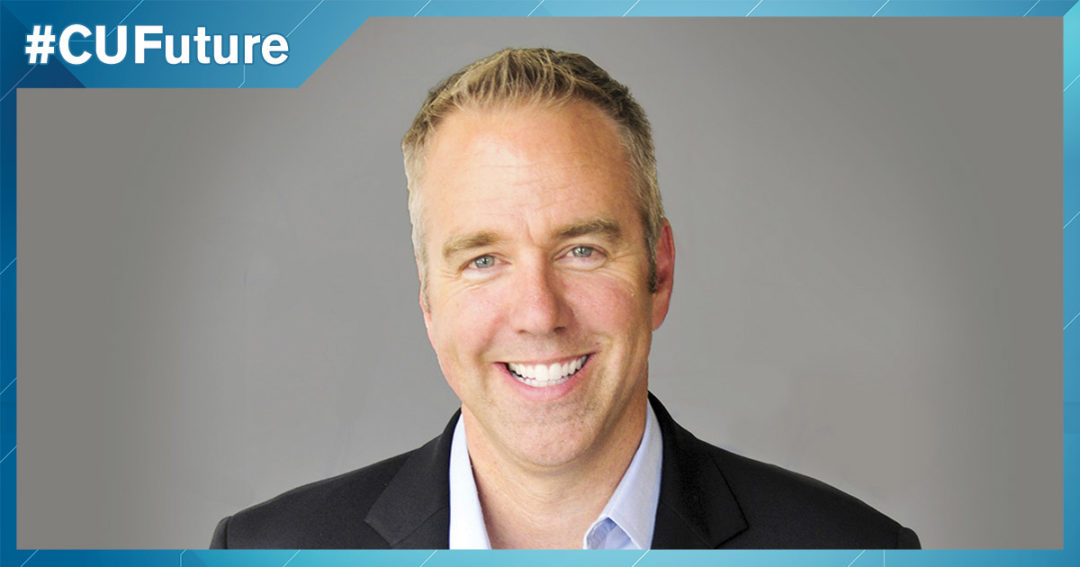
‘A vein of optimism’
The evolution of the workforce and society provides hope for credit unions, Filene's Mark Meyer says.
The evolution of the workforce and society over the next decade provides a “vein of optimism” for credit unions, says Filene Research Institute CEO Mark Meyer, citing his organization’s findings.
As government and businesses increasingly struggle to meet the financial needs of consumers—including many who will be swept into the “gig economy” by technological advances and automation—the need for self-help solutions will grow. The cooperative finance model is well-suited to serving that audience.
“There will be a great need for creative financial services solutions to meet that dynamic of what’s going to transpire in the employment pool,” Meyer says.
But that buoyant outlook carries a caveat: Amid increasing competition and regulation, an accelerating battle to procure top talent, and the fluidity of technology’s impact on consumer behavior, only the most strategic, agile, collaborative, community minded, and ruthlessly efficient credit unions will reap the dividends, Meyer says.
Embrace that challenge, he advises: “Lean into uncomfortable discussions about the future.”
Meyer outlines some primary drivers for the future of financial services:
►Invest in the right talent. More employees will need to possess “conceptual dexterity”—that is, the ability to identify issues across a variety of knowledge areas and devise solutions. Expect to hire more technologists and data scientists. And don’t underestimate the payoff from leadership development.
►Redeploy personnel wisely. Recognize shifts in organizational needs, and reassign staff strategically. For instance, as we move toward a cashless society and automate many tasks, credit unions might find less need for front-line personnel and lending officers. Reallocate top performers to business development, community engagement, or other pressing needs.
►Double down on differentiation. Identify and address the sweet spots in your field of membership. Develop a social impact strategy that establishes you as a pillar of the community.
►Remove friction. Monitor technology’s impact on consumer behavior, and improve ease of use across your delivery channels. Leverage the fascination with gamification and rewards to create tools that align financial literacy and financial education with realtime behavior.
►Embrace unforeseeable opportunity. One certainty over the next decade, Meyer says, is that industries will collide, creating a “monumental shift” in how affected businesses operate. Perhaps health care and wellness collide with financial services and financial education. Or credit unions might parlay members’ trust into becoming a disseminator of information and media.
►Become “snimble.” That’s Meyer’s catch phrase for combining swift and nimble, developing an “organizational entrepreneurship” competency that enables a credit union to quickly develop and test prototypes of solutions, then implement or discard them. Devote staff time for research and development, and look for collaboration opportunities that create economies of scale. “When you recognize you don’t have scale, you have to be ruthless about your resources,” Meyer says. “Your success is not just what you will do, it’s what you won’t do.”
